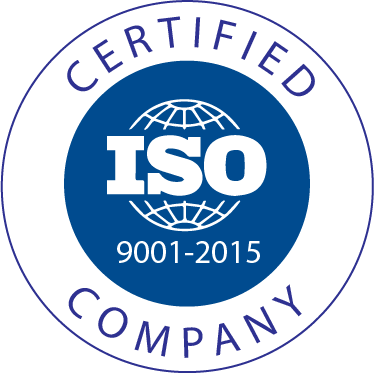Surgical removal of nasal polyps
1)Polypectomy:
It is usually done to remove polyps that are closer to the nasal opening.
Anesthesia: Local
Procedure: Initially the local anesthetic is applied to the surgical site which helps to numb the area. To carry out the surgical process, forceps or a microdebrider is used. The polyps are removed from posterior to anterior direction. Vasoconstriction is applied topically following the polyp removal, which helps to minimize bleeding along with placement of an absorbable dressing.
2) Endoscopic Sinus Surgery:
Polyps which are large and obstructive and which are not effectively managed with medications such as steroids are removed by this endoscopic sinus surgical method. This procedure helps to improve airflow through the nasal passage as well as improves sinus drainage and sense of smell and taste.
Anesthesia: General
Length of stay in hospital: 1 day, overnight stay not required
Procedure: An optical tube with a video camera at one end (endoscope) is passed into the nostrils by the surgeon. This allows them to see inside of nose and sinuses. Once the location of nasal polyps has been identified, then specialized instruments such as micro-debrider (a tiny motorized revolving shaver) are passed through the nostrils to grasp and remove the polyps in an effective and safe manner.
Sometimes, a laser device is used instead of micro-debrider along with the endoscope. The nasal passages are irrigated with warm water solution prior to the use of laser energy, to facilitate vasoconstriction. The laser device passes laser energy at various power settings, initially at low power setting followed by higher up to a level where it successfully eliminates the polyps.
Sinus surgery cost varies from hospital to hospital and country to country.






